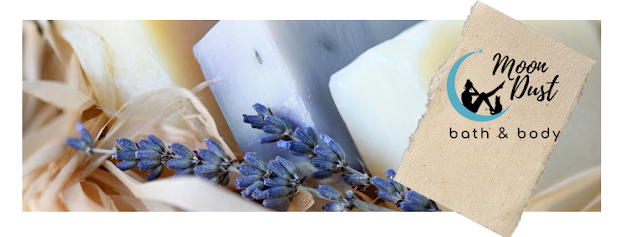fresh camporaceous scent
The Earth is rich with natural healing power and there may be no better example of this than Tea Tree. It purifies as it heals and is a must for any home medicine cabinet or first-aid kit.
Discovered in 1770 by Captain Cook, Tea Tree was first brewed as a tea. The evergreen tree is native to Australia in wet lowland locations and grows about 10 to 25 feet. It has papery white bark, dark-green needle-like leaves and colorful flowers. Tea Tree belongs to a family of about 200 species of evergreen trees. The leaves are steam distilled to extract the clear essential oil.
Tea Tree, Melaleuca alternifolia, a natural antiseptic, germicide, antibacterial, fungicide and deodorant, refreshes, stimulates and deep cleans the skin and scalp. Australian Aborigines discovered that the oil from the leaves of the tea tree provided a natural cure for a wide variety of ailments and it is often referred to by Australians as a "first aid kit in a bottle." The oil is extracted from the tree leaves by distillation. A valuable medicinal oil, tea tree helps heal infections and skin disorders and fights acne without causing dryness or other side affects of modern day acne treatments. The scent is medicinal and penetrating, but many describe it as clean and refreshing. Next to thyme, it is the most antiseptic of all oils. It is safer to use, and unlike thyme, can be used "neat" or undiluted. Its antiseptic and healing properties make it a wonderful natural treatment for rosacea caused by dermodex mites. In hair care tea tree oil is used as a treatment for dry scalp, oily hair, dandruff and itchiness. Tea tree oil removes build-up on the scalp and helps rejuvenate dull lifeless hair, leaving hair soft, clean and manageable. The antifungal properties of tea tree oil are especially helpful in treating dandruff or seborrheic dermatitis caused by a yeast-like fungus called Malassezia.


Comments
Post a Comment